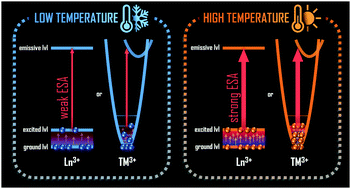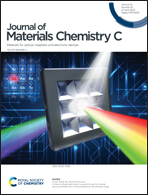Advancements in excited state absorption-based luminescence thermometry
Abstract
Luminescence thermometry is attracting growing interest from the fundamental research community, which is further stimulated by the needs and challenges of other fields of science and technology. Although numerous temperature-responsive luminescent phosphors have been proposed, synthesized and evaluated via various quantification methods, their iterative optimization has not resulted in radical improvements in their sensitivity and accuracy, simplification of temperature measurements to sufficiently meet the growing demands or overcoming specific issues for targeted applications. Nevertheless, occasionally, novel materials and dedicated readout techniques are proposed that contribute significantly to the development of new approaches, circumventing existing issues or problems and promising practical implementation. This review on novel luminescence thermometry materials and techniques not only surveys such achievements but also summarizes the knowledge and results, focusing on single band ratiometric methods and dedicated materials. In addition to presenting a theoretical background, the unique contributions of all the publications discussed are pointed out, and the results and recurring trends are used to identify the most promising future directions.



 Please wait while we load your content...
Please wait while we load your content...